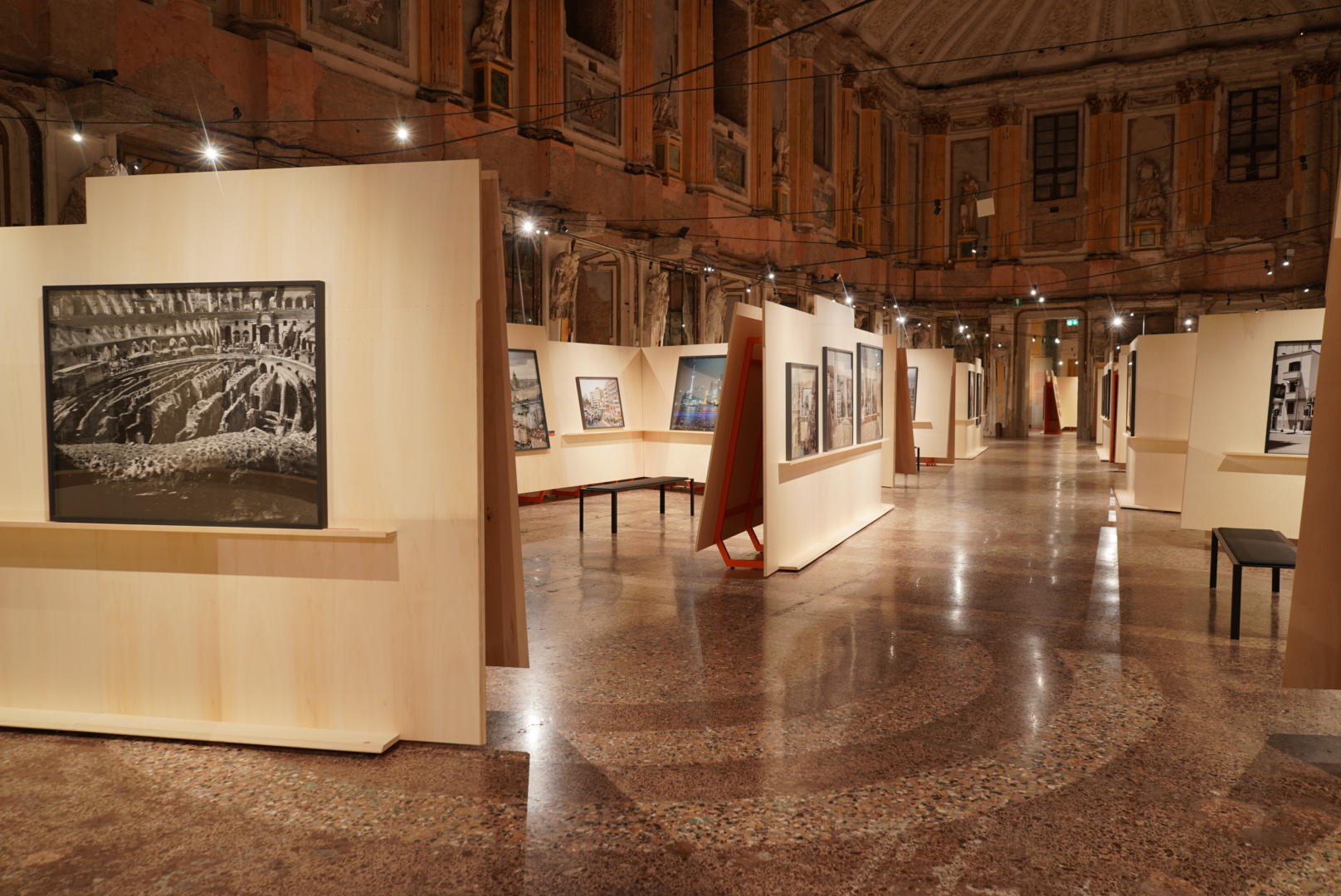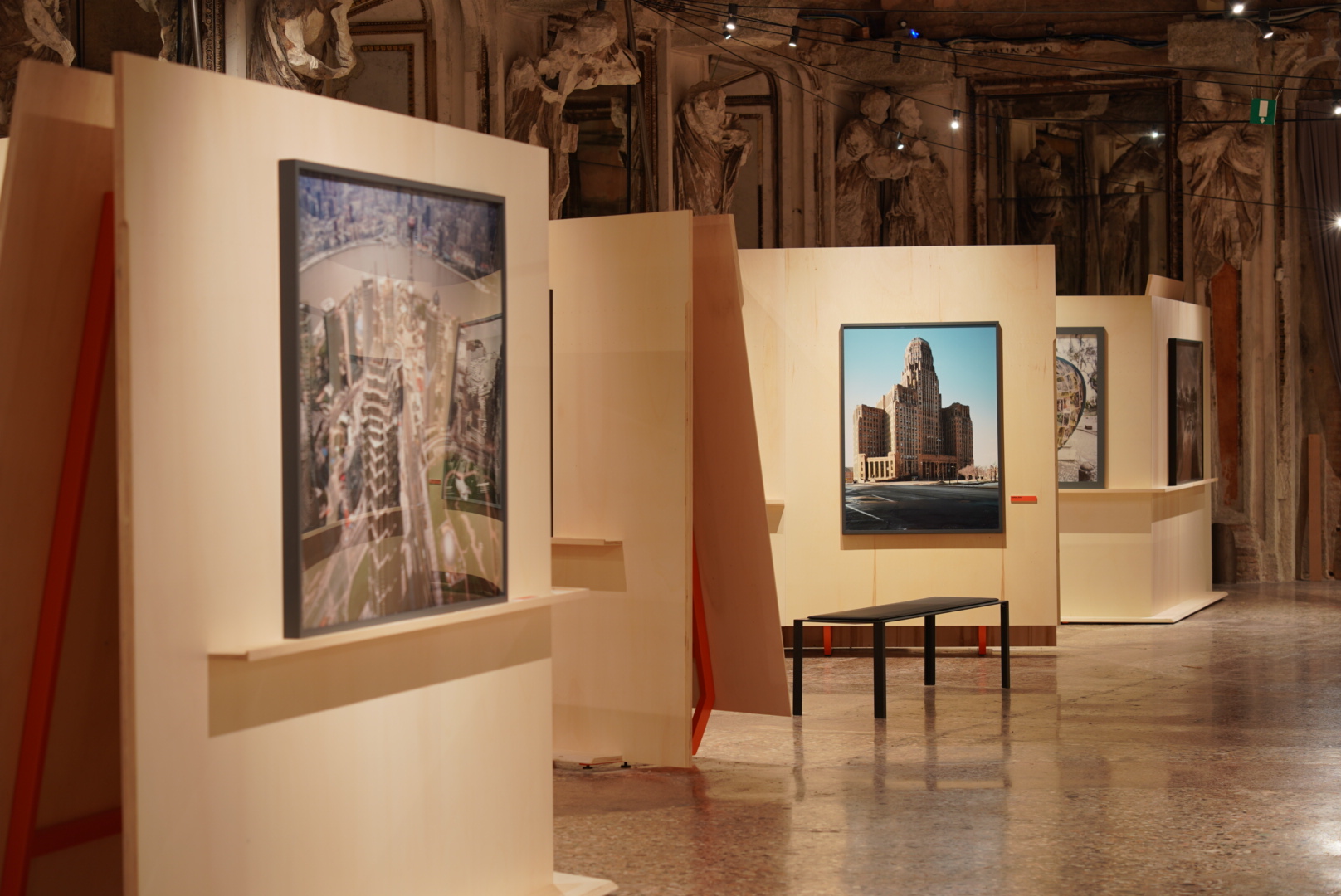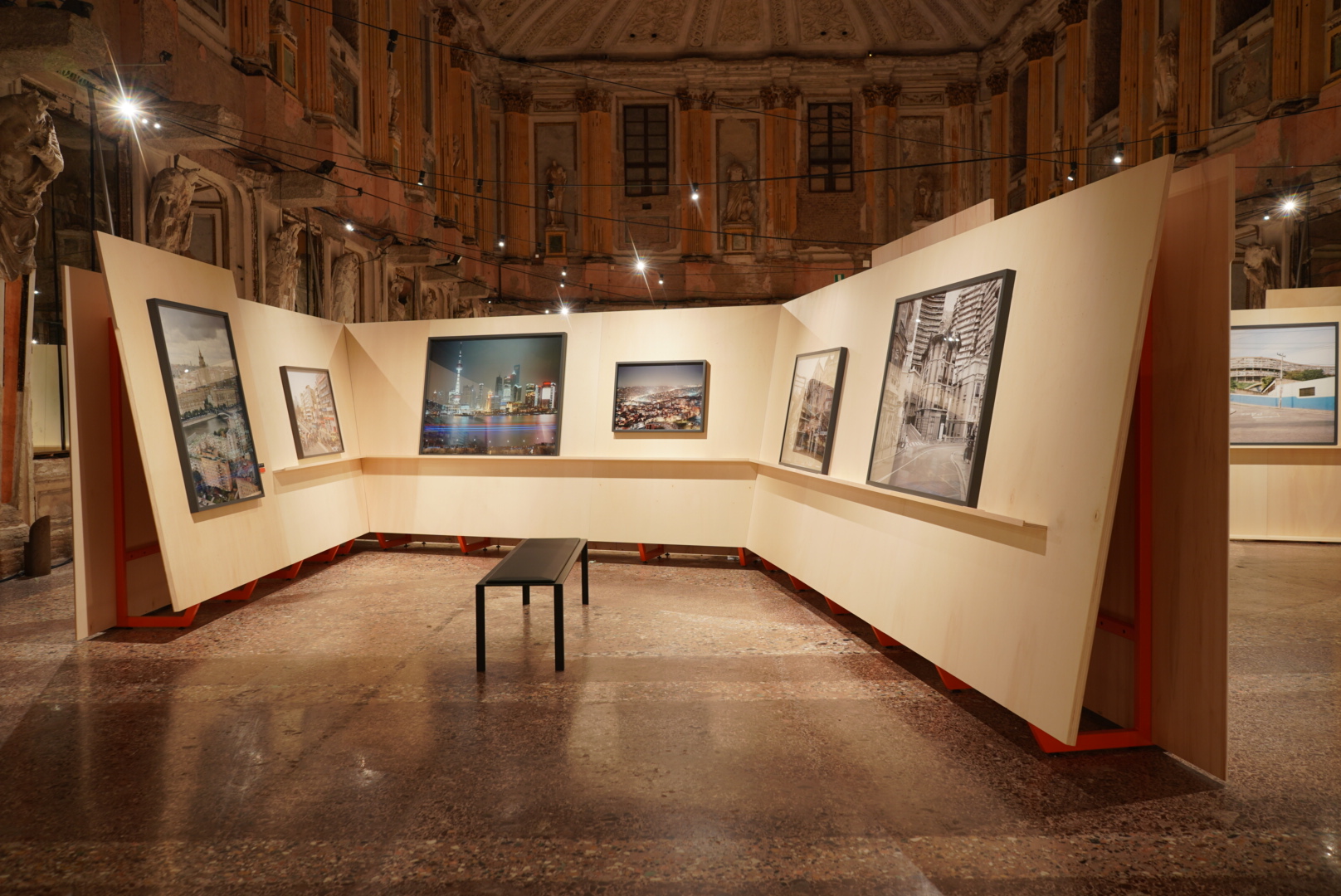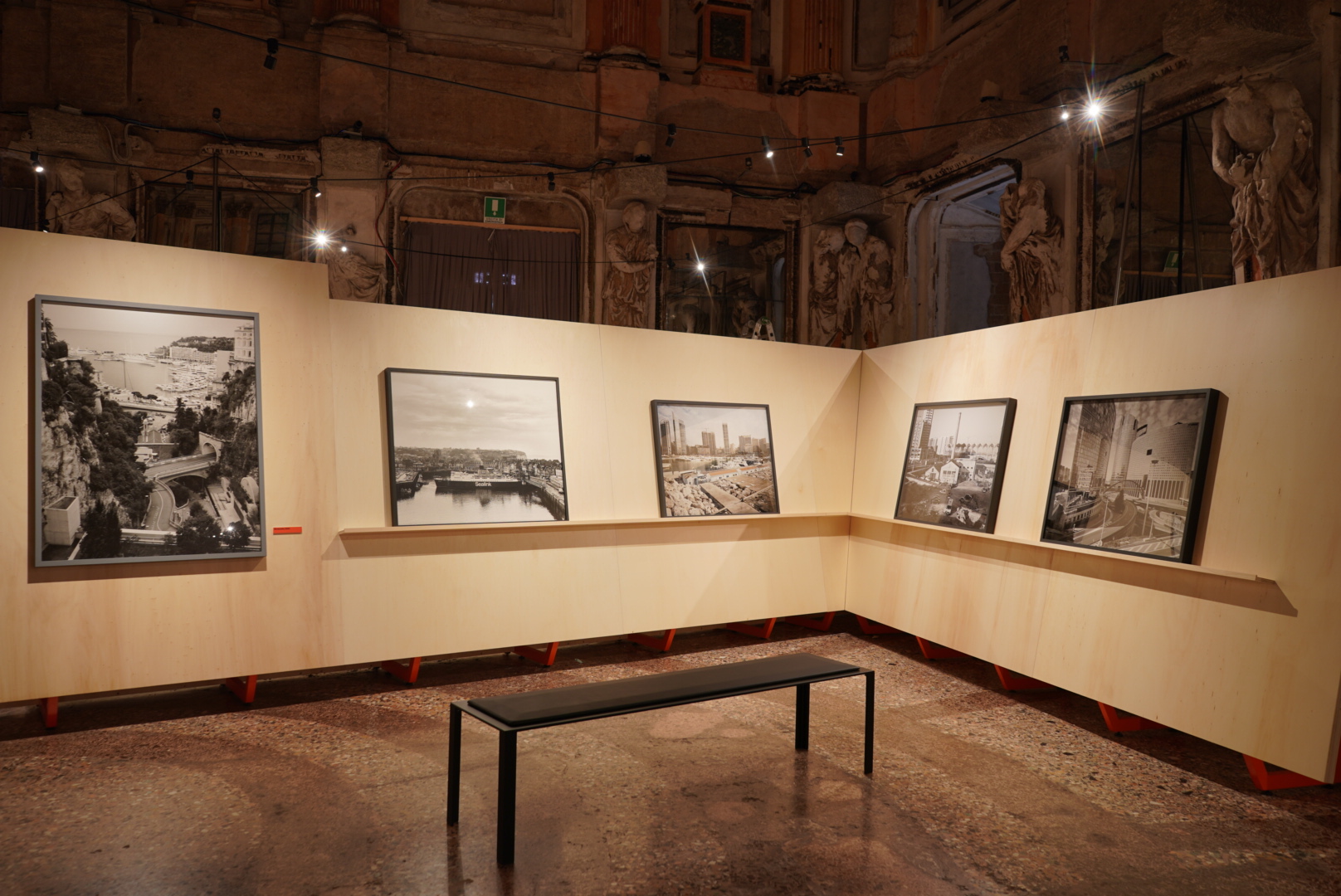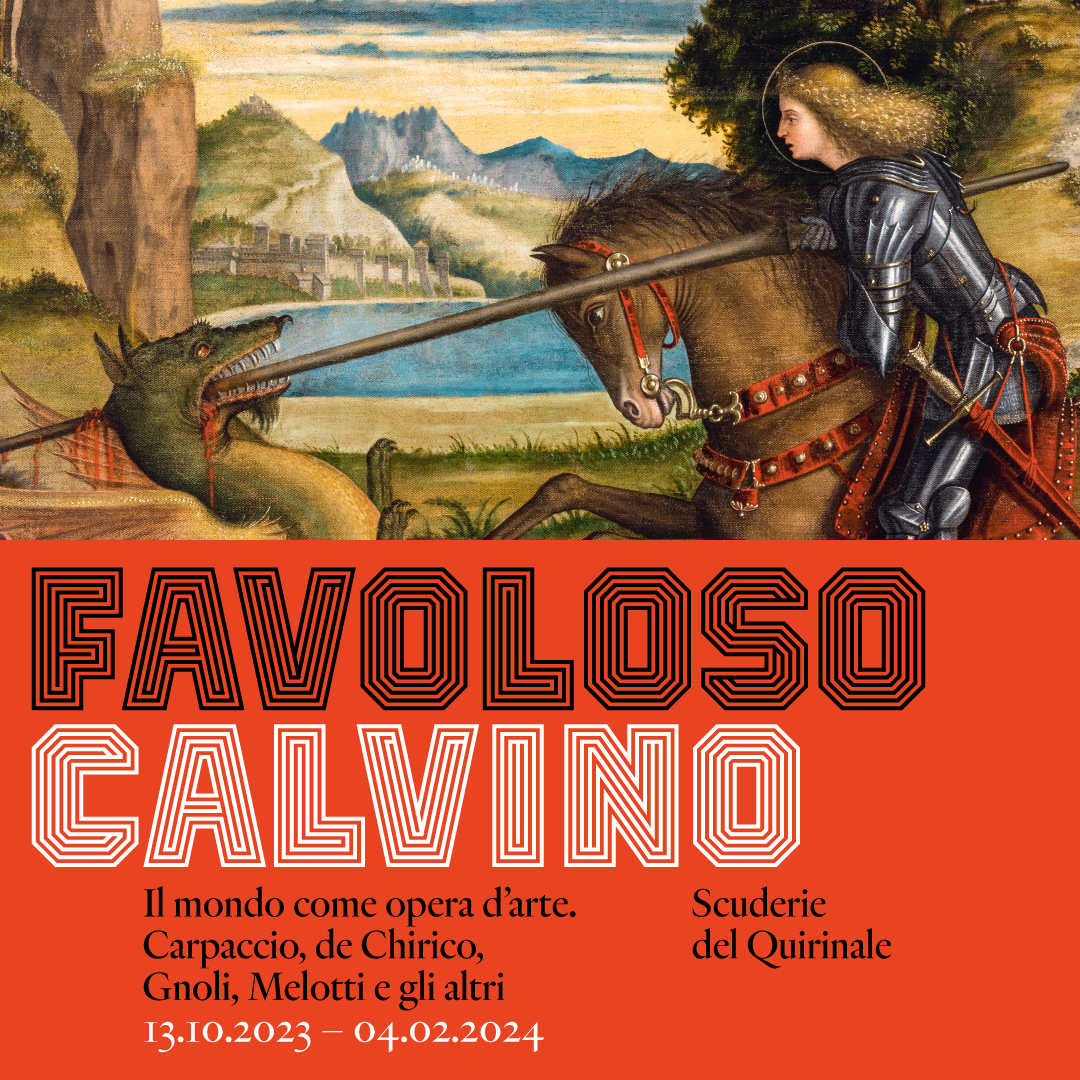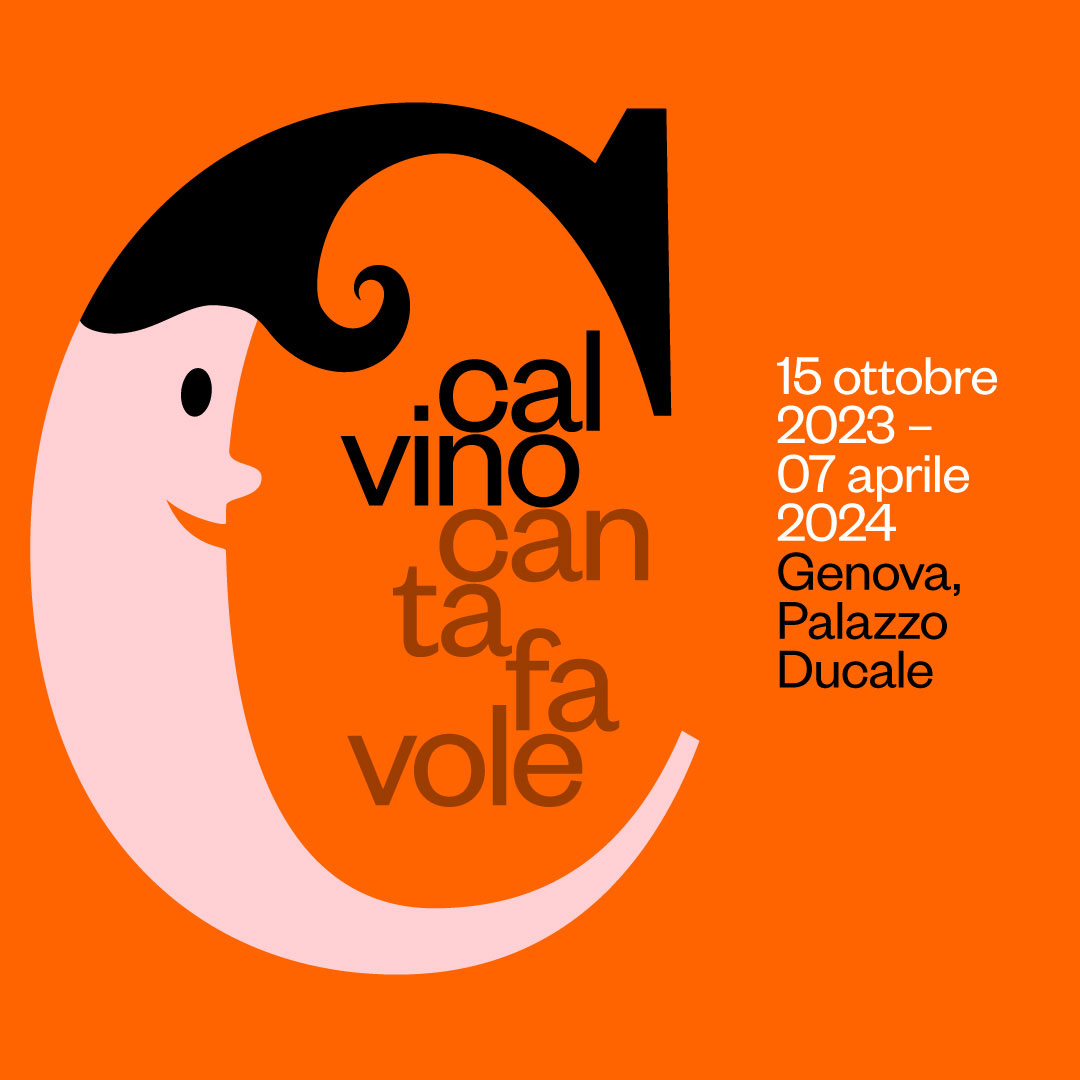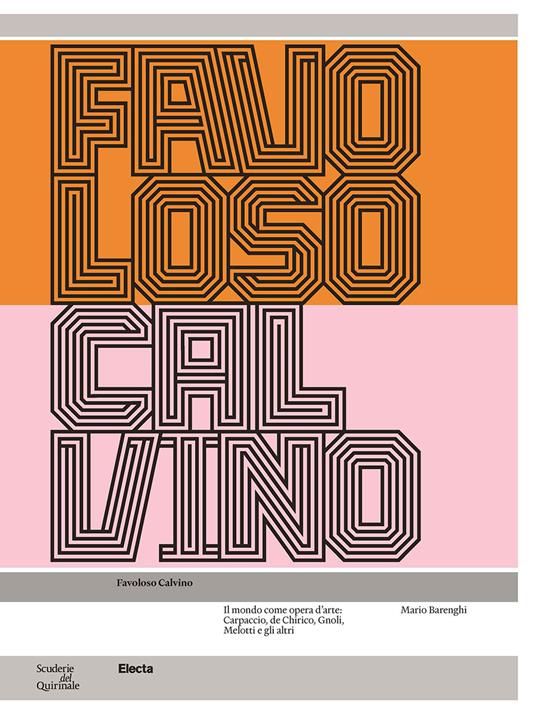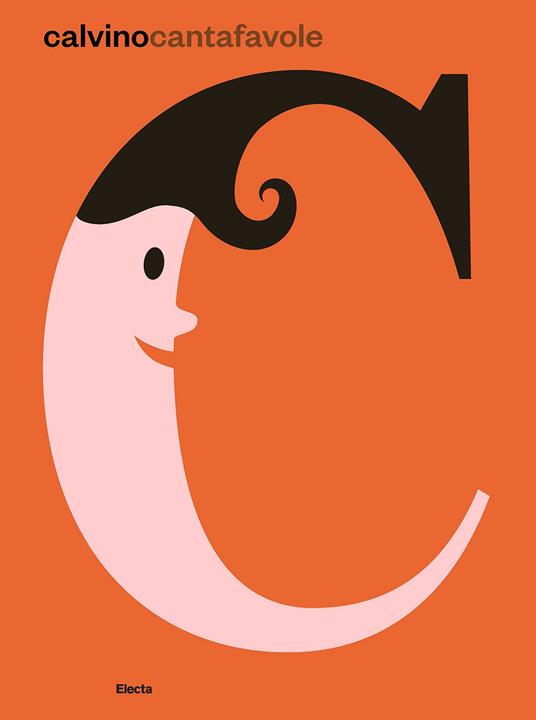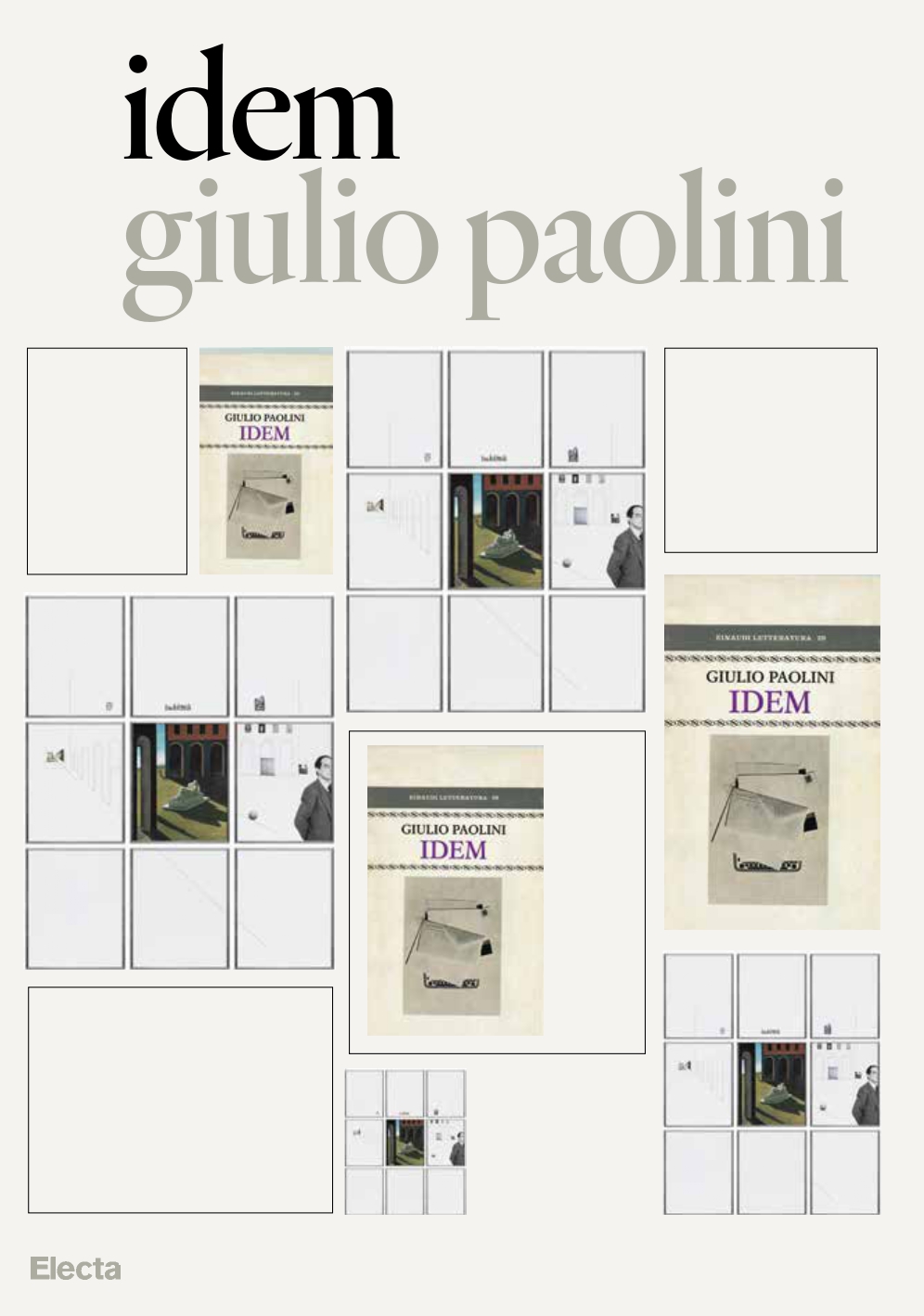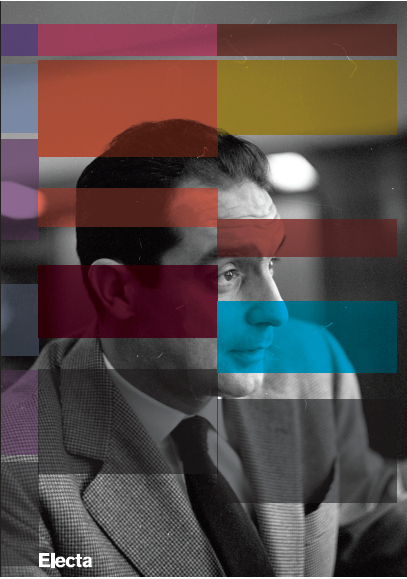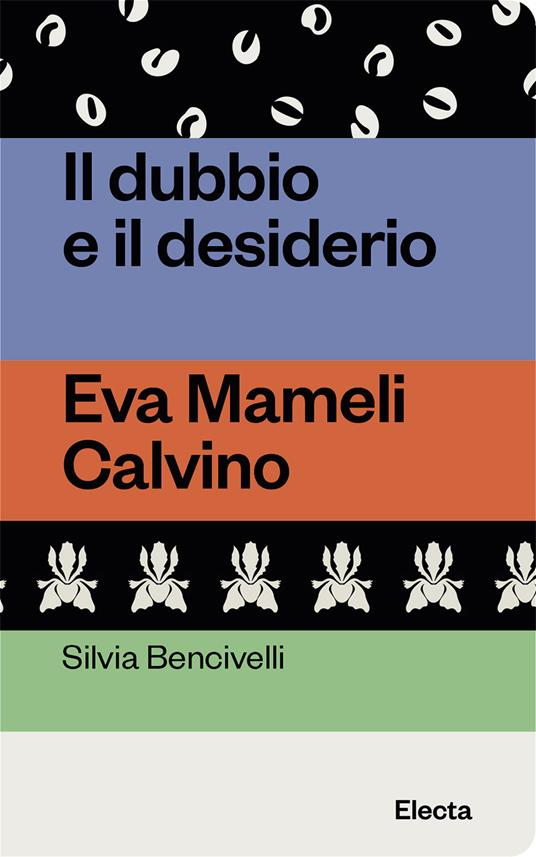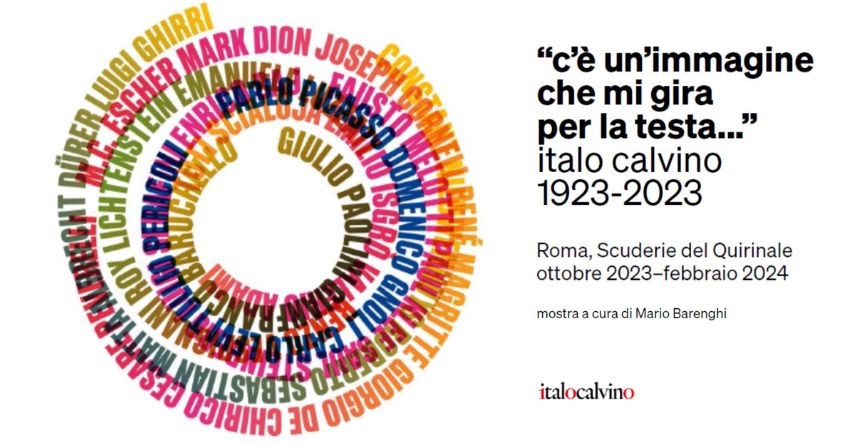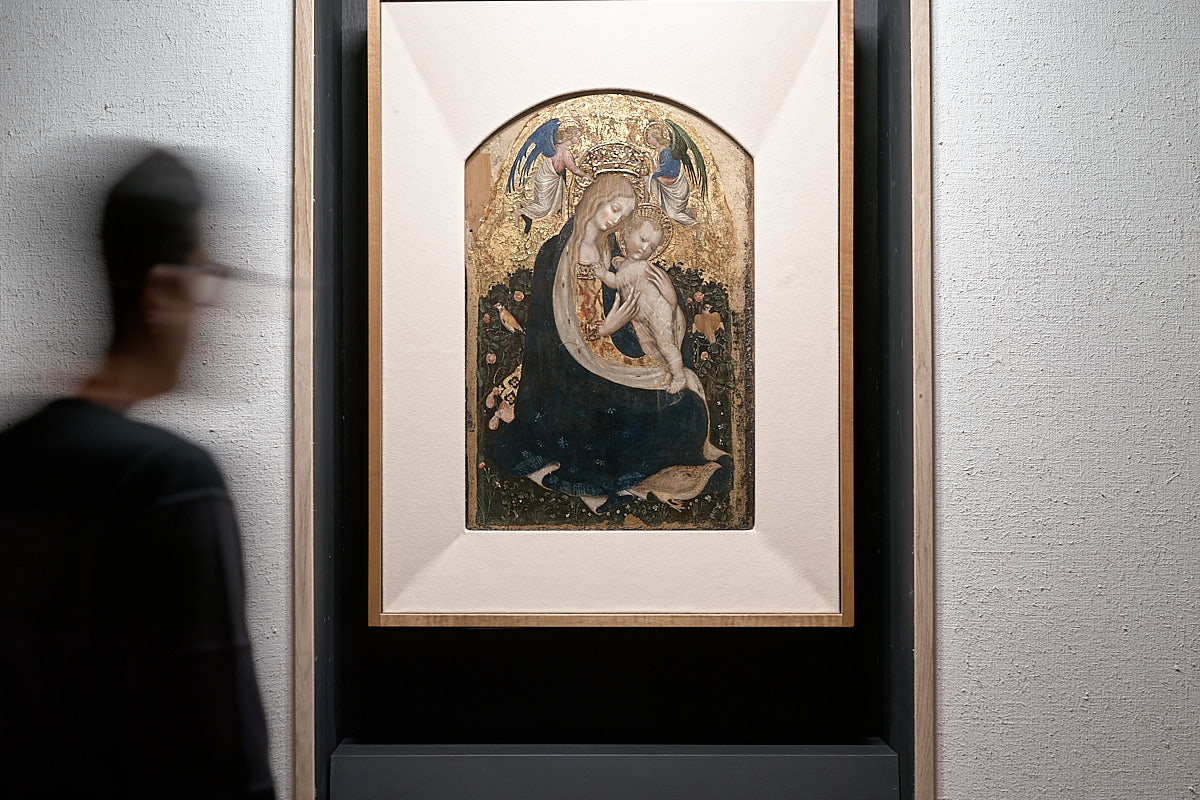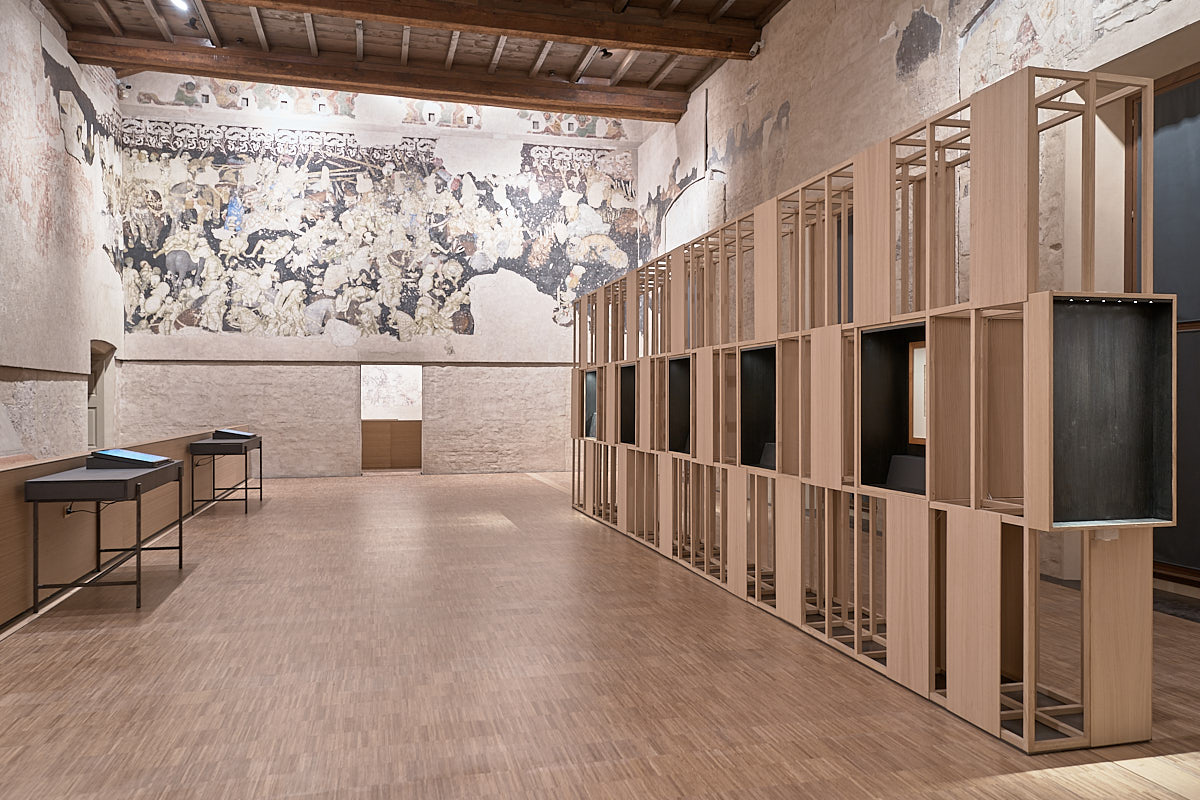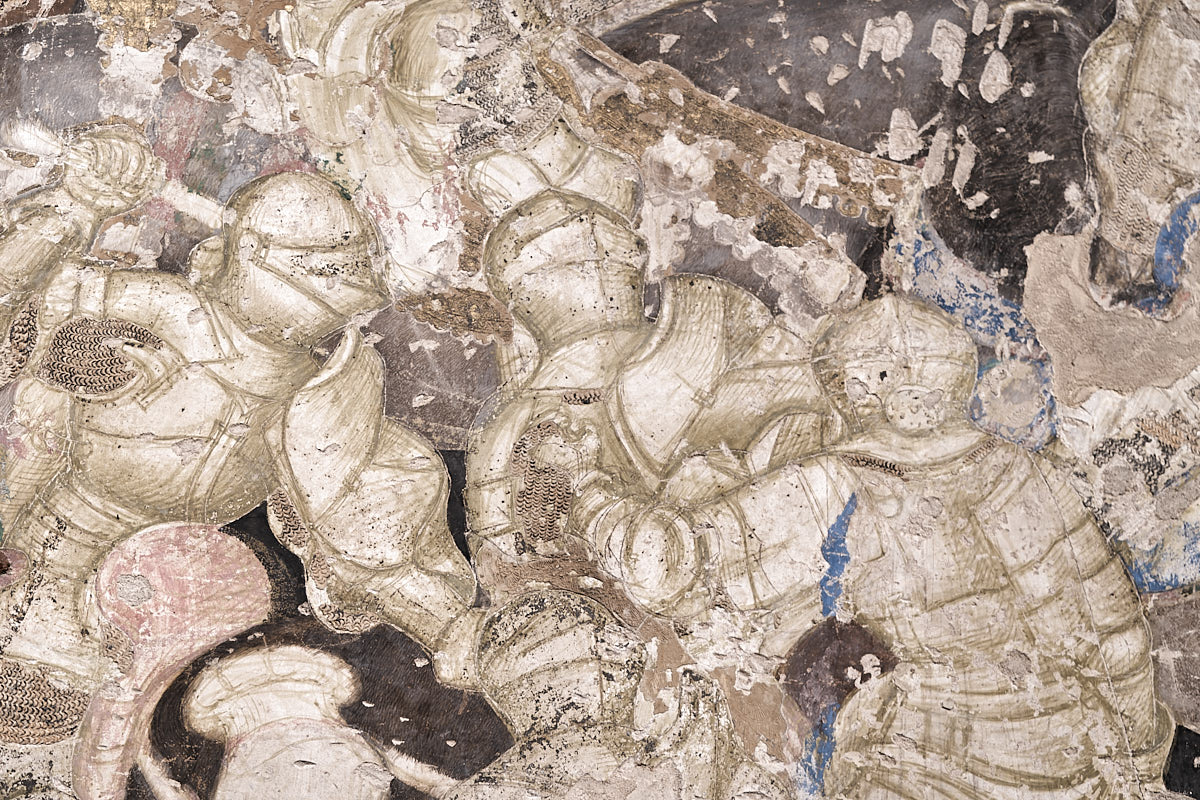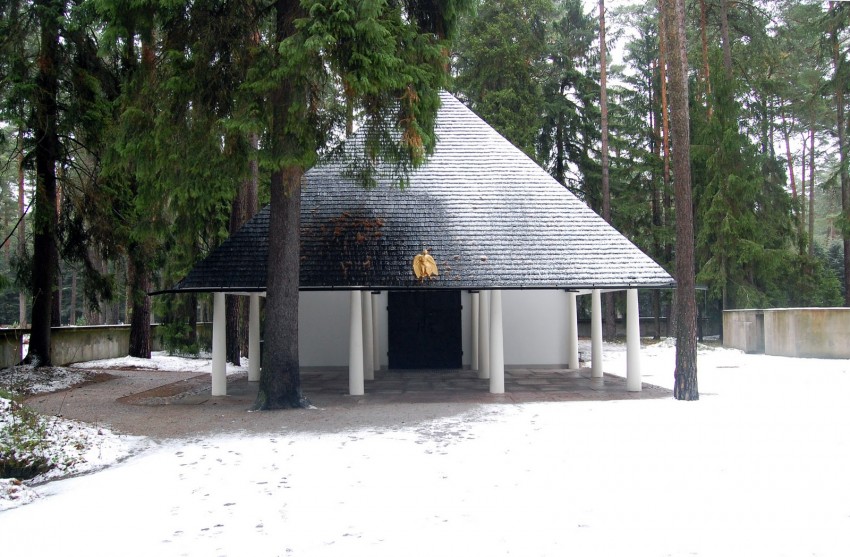In Milan, the Gabriele Basilico exhibition takes place between the Palazzo Reale and the Triennale
Until 7 January 2024, the great exhibition dedicated to the famous cityscape photographer is open to the public
Milan, the city where Gabriele Basilico (August 1944 – February 2013) was born and lived, celebrates the 10th anniversary of the photographer’s death with “Gabriele Basilico. My Cities”, an extensive exhibition divided across two venues: Palazzo Reale and Triennale Milano. The exhibition is open to the public from 13 October 2023 until 7 January 2024 and is the first major tribute that the city of Milan is dedicating to Gabriele Basilico, his work and his cosmopolitan point of view, which let him capture the soul of every city.
The exhibition consists of more than 500 works, starting in Milan, at the Triennale, before arriving at the World, at the Palazzo Reale.
“Gabriele Basilico. My Cities” is promoted by the Comune di Milano-Cultura, Palazzo Reale and Triennale Milano, together with our publishing house Electa. The exhibition was made possible with the research partnership of the Gabriele Basilico Archive.
At the Palazzo Reale, the exhibition has been organised by Giovanna Calvenzi and Filippo Maggia and features a selection of Basilico’s works realised for major international clients. At the Triennale, a large selection of images of Milan and its suburbs, curated by Giovanna Calvenzi and Matteo Balduzzi, is on display.
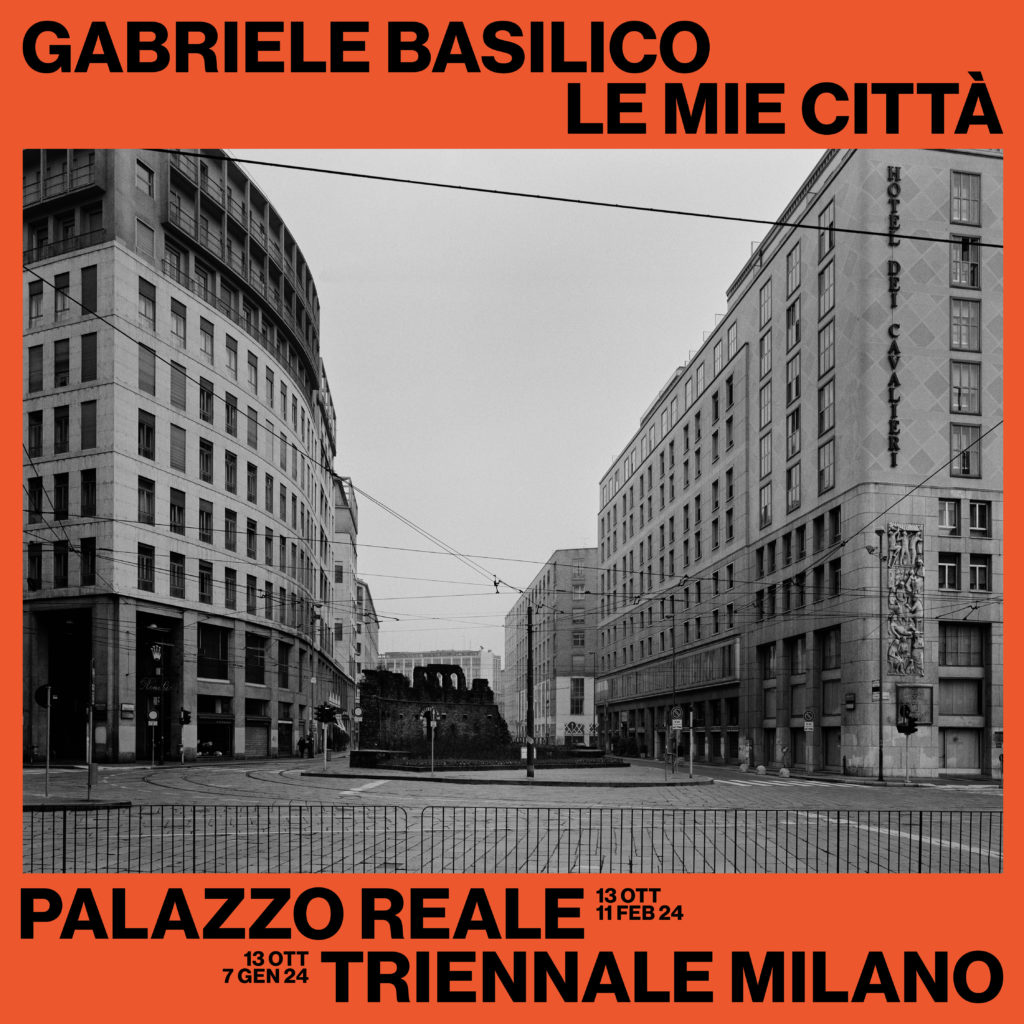
The exhibition at the Palazzo Reale
Around 200 works selected from the Basilico Archive, which contains the artist’s most important works from international events throughout his career, are on display at the Palazzo Reale.
In the Lucernario, “Sezioni del paesaggio italiano (Sections of the Italian Landscape)” is exposed. It is a seminal study on the transformation of the national landscape created for Venice’s 6th Biennale Architettura in 1996, in collaboration with Stefano Boeri (96 prints, 30×40 cm). The study involves six sections of the country, from North to South Italy, corresponding to about 50 km each, linking a well-established urban area to a densely populated suburban area.
On display in the Sala delle Cariatidi are 100 photographs of more than 40 cities taken for prestigious international commissions, including Shanghai, Rio de Janeiro, San Francisco, Moscow, London, Paris, Istanbul, Tel Aviv, Boston, Liverpool, Rome, Berlin, Lisbon, Valencia, Jerusalem, Beirut, Amman, Monte Carlo, Hong Kong and others.
